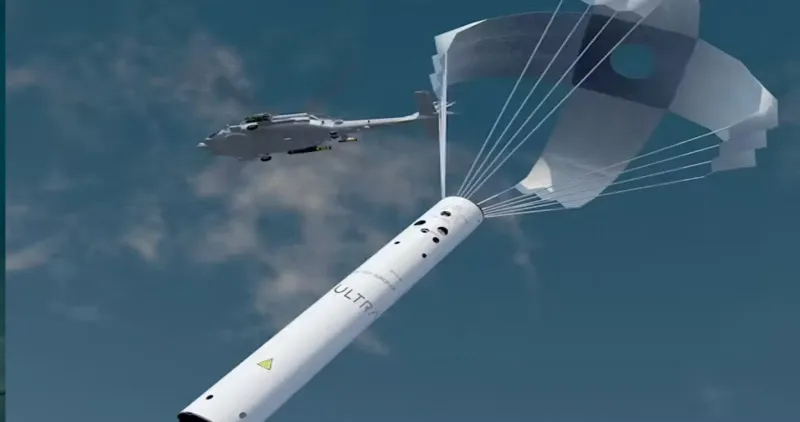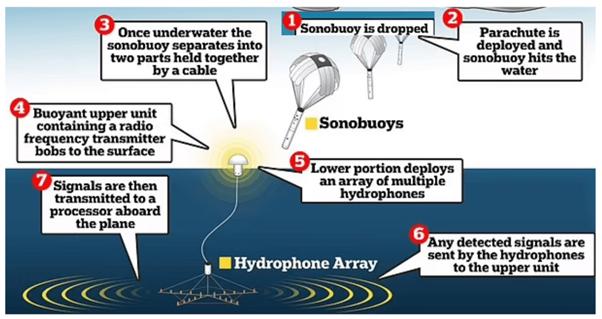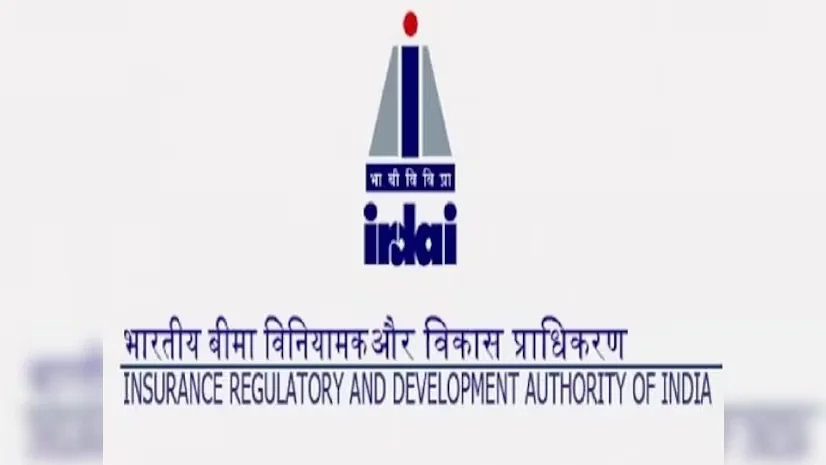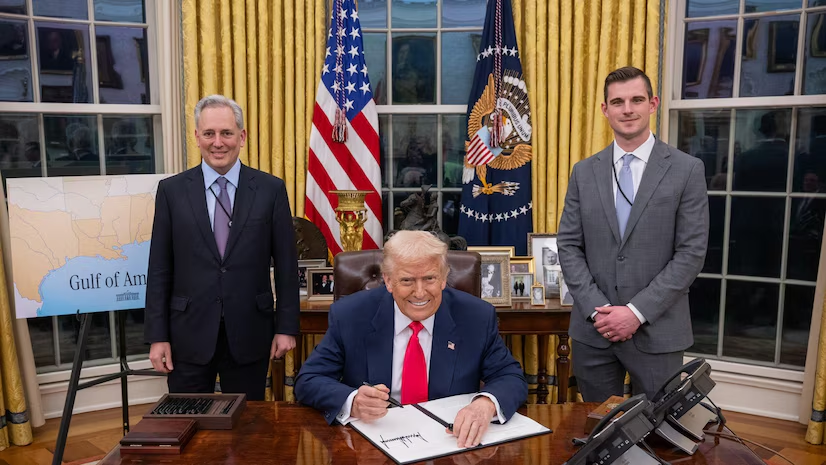- Courses
- GS Full Course 1 Year
- GS Full Course 2 Year
- GS Full Course 3 Year
- GS Full Course Till Selection
- CSAT
- 5 LAYERED ARJUNA Mentorship
- Public Administration Optional
- Online Program
- GS Recorded Course
- NCERT Batch
- Polity Module Course
- Geography Module Course
- Economy Module Course
- AMAC Module Course
- Modern India, Post Independence & World History Module Course
- Environment Module Course
- Governance Module Course
- Science & Tech. Module Course
- International Relations and Internal Security Module Course
- Disaster Management Module Course
- Ethics Module Course
- Essay Module Course
- Current Affairs Module Course
- ABOUT US
- OUR TOPPERS
- TEST SERIES
- FREE STUDY MATERIAL
- VIDEOS
- CONTACT US
India & U.S. to Jointly Manufacture Sonobuoys for Indian Navy
India & U.S. to Jointly Manufacture Sonobuoys for Indian Navy
05-03-2025

- India and the U.S. have announced a significant cooperation aimed at co-producing Sonobuoys for the Indian Navy to enhance undersea domain awareness (UDA).
- This collaboration will contribute to India's capabilities in detecting and tracking submarines, especially in deep seas and oceans.
Key Developments:
- Co-production of Sonobuoys:
- The U.S. based Ultra Maritime and Bharat Dynamics Ltd (BDL), an Indian defence PSU, will jointly manufacture sonobuoys for the Indian Navy.
- This partnership will involve a transfer of technology from Ultra Maritime to BDL.
- A dedicated production facility for these sonobuoys will be set up in Visakhapatnam, with plans for operational commencement by 2027.
- Integration with Indian Navy: The Indian Navy currently operates 12 P-8I maritime patrol aircraft, which will deploy these sonobuoys during anti-submarine warfare missions.
- Objective: The project aims to boost India’s ability to track underwater threats—particularly submarines—and enhance overall undersea domain awareness.
What are Sonobuoys?
Sonobuoys are electro-mechanical acoustic sensors designed to detect and relay underwater sounds emitted by submarines and ships. They are expendable and typically remain active for about 24 hours. They help in detecting, classifying, and tracking underwater targets.
Working Mechanism:
- Sonobuoys are typically dropped from a naval aircraft (helicopter or fixed-wing) into the sea, where they automatically deploy upon impact.
- Once deployed, they communicate via a radio transmitter with the ship or aircraft that deployed them.
- The sensors then descend to a predetermined depth, collecting and transmitting acoustic information back to the monitoring team, helping pinpoint the location of submarines.
Types of Sonobuoys:
- Active Sonobuoys: These emit sound pulses and analyze the echo to identify objects underwater, transmitting this data back to the aircraft.
- Passive Sonobuoys: These only listen to sounds generated by submarines or ships and send this data to the aircraft.

About P-8I Maritime Aircraft
The P-8 Poseidon is a maritime patrol and reconnaissance aircraft developed by Boeing Defense in the U.S. The P-8I is a specialized variant tailored for the Indian Navy, and it plays a key role in:
- Coastal patrolling and maritime surveillance.
- Anti-submarine warfare and anti-surface warfare operations.
- Supporting search-and-rescue and anti-piracy missions.
These aircraft are equipped with the necessary systems to launch and track sonobuoys, providing critical support in underwater surveillance.
Significance of This Development
- The co-production of Sonobuoys aligns with India's 'Make in India' initiative, ensuring the use of cutting-edge technology while strengthening domestic manufacturing capabilities.
- It will significantly enhance India’s ability to monitor and track submarines, improving its naval defense capabilities and contributing to maritime security in the region.
|
Also Read |
|
| NCERT Books For UPSC | |
| UPSC Monthly Magazine | Best IAS Coaching in Delhi |




